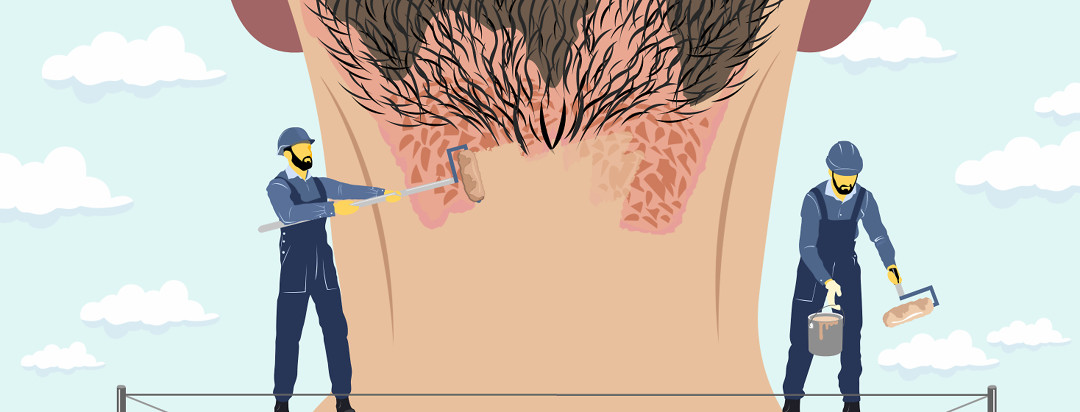Scalp Eczema Do’s and Don’ts
Seborrheic dermatitis is a type of eczema that is typically found on parts of the body that have an abundance of oil-producing sebaceous glands—such as the face and scalp.1
How often have I had scalp eczema?
Whenever I have a flare — which is almost always on my scalp — I tend to notice patches of scaly, inflamed, and itchy skin. I’ve only experienced a few bad cases of this particular eczema condition over the course of my life, but I can tell you it is by far one of my least favorites to deal with.
How have I managed my seborrheic dermatitis?
Unlike eczema on the rest of the body, it’s a little bit more challenging to cover seborrheic dermatitis due to its location. Between its appearance and frustrating symptoms, I find it of paramount importance to nip these flares in the bud. It's important to remember that scalp eczema and hair texture or length can differ from person to person, but here are a few rules I live by to get my scalp back on track.
How often do I wash my hair?
As with any eczema care, it’s important to keep your skin, and in this case, hair, clean. I recommend washing your hair once in the morning (more on that in a bit) and once at night during a seborrheic dermatitis flare. Two times may seem like a lot, but for me, those crusty flakes come back with a vengeance. Try using lukewarm water, or you may dry your scalp out and further exacerbate the condition.
This or That
What do you call it?
What shampoo do I use?
Many doctors recommend T/Gel Therapeutic Shampoo by Neutrogena. Personally, I tend to stay away from this product because it doesn’t have a very pleasant smell. Instead, I opt for other gentle and fragrance-free shampoos to ensure my scalp is free of bacteria, irritants, and allergens. Dove or any National Eczema Association approved shampoos should do the trick. Currently, I'm using Mitch Double Hitter - which is a sulfite-free 2-in-1 shampoo and conditioner by Paul Mitchell.
Do I use medications on my scalp?
There are a few different options available to your doctor when prescribing medication for seborrheic dermatitis. Personally, I use Derma-Smoothe/FS scalp oil. Yes, it’s messy compared to shampoo, but I feel it works the best for my needs. I like to apply this medication at night for two reasons.
- The medication has all night to treat my scalp compared to 5-minutes in the shower.
- If it’s applied at night I don’t have to walk around with greasy hair all day. Instead, I can just wash it all out in the morning when I wake up.
What else can you do?
- Use old pillowcases if you’re using an oil-based medication to avoid ruining your nice set. Alternatively, you could also wear a shower cap while you sleep.
- Don’t scratch or pick at our scalp. Instead, firmly tap the spots that are bothering you with your fingertip. If you scratch while in public, you’ll likely get dandruff all over your shirt and have bits of dead skin floating around in your hair. It might seem like scratching is the right thing to do but in the end, it will just make you unhappier.
If you’re not finding any relief from your flare with these tips, I recommend reaching out to a healthcare professional for further treatment.

Join the conversation